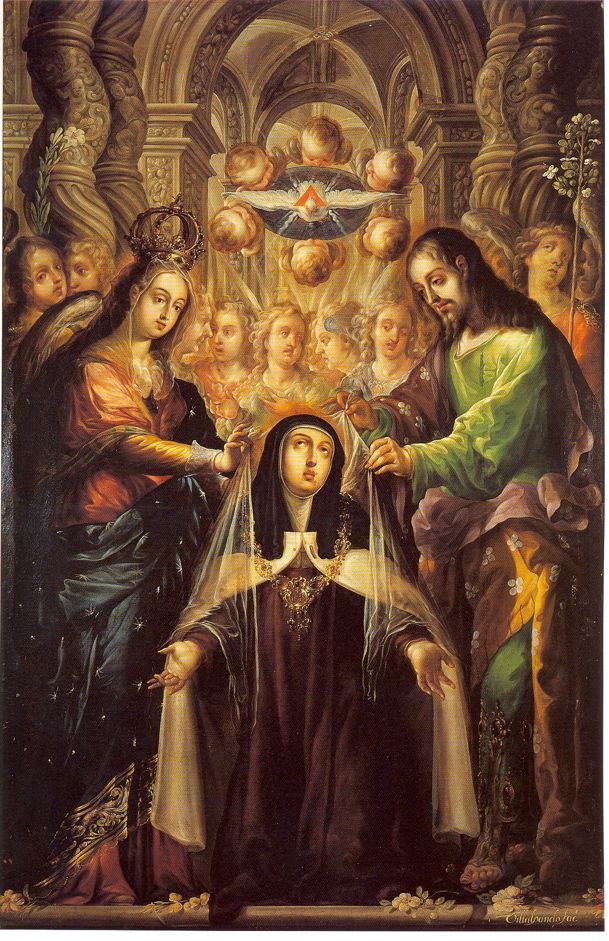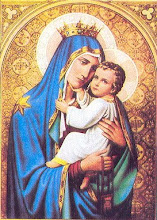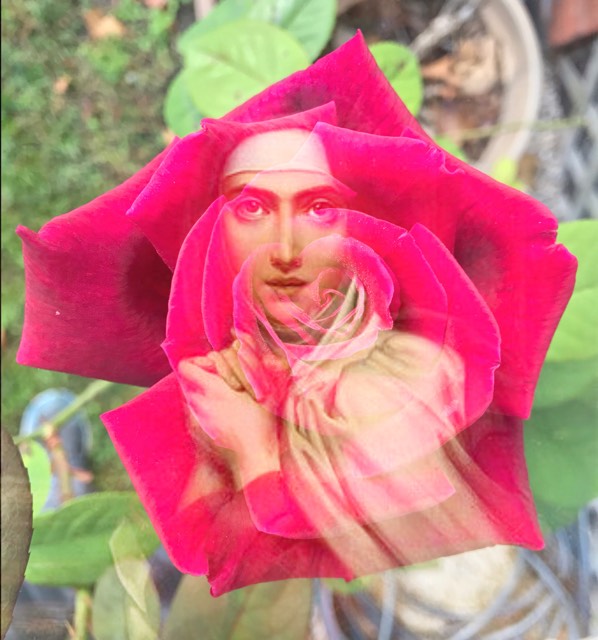
On December 8, 1854, Pope Pius IX in
Ineffabilis Deus solemnly defined the dogma of the
Immaculate Conception. Here are the majestic words of the Vicar of Christ which echoed throughout the galleries and domes of St. Peter's in Rome:
...By the authority of Jesus Christ Our Lord, of the Blessed Apostles Peter and Paul, and by our own: We declare, pronounce, and define that the...most Blessed Virgin Mary, in the first instant of her Conception, by a singular grace and privilege granted by Almighty God, in view of the merits of Jesus Christ, the Savior of the human race, was preserved free from all stain of original sin, is a doctrine revealed by God and therefore to be believed firmly and constantly by all the faithful.
The Holy Father explained the consequences of rejecting the dogma in very strong terms.
...If anyone shall dare- God forbid- to think otherwise...let him know that he is condemned by his own judgment; that he has suffered shipwreck in the faith; that he is separated from the unity of the Church....
The pontiff hoped that the declaration of the dogma would bring many blessings to the Church, which in the mid-19th century was already beleaguered by modernism.
We have complete confidence that this most Blessed Virgin will ensure by her powerful patronage that all errors will be dissipated...Under her guidance...nothing is to be feared, nothing is hopeless.
Although the doctrine of the Immaculate Conception had been believed and taught since apostolic times, at least implicitly, it was during the turbulent modern era that Pope Pius IX saw the necessity of declaring it a matter of faith. Why? Fifty years later, Pope St. Pius X in his encyclical
Ad Diem Laetissimum (1904) explains that belief in the Immaculate Conception is a remedy for the ills which flow from modernist, secular thinking.
What in fact is the starting point of the enemies of religion in spreading great and grievous errors by which the faith of so many is shaken? They begin by denying that man has fallen by sin...they regard as mere fables original sin and the evils that are its consequence.
St. Pius affirmed that belief in the Immaculate Conception will restore belief in original sin and in the need for Christ and His Church in order to be saved. "Thus Rationalism and Materialism will be torn up by the roots and destroyed...." He goes on to speak of the disobedience to authority, so prevalent in modern times, which leads to anarchy.
Now the evil which is equally fatal to society at large and to Christianity is dispelled by the dogma of the Immaculate Conception by which we are impelled to recognize in the Church that power to which not only must the will be subject but also the mind.
The holiness of God demanded that His Mother be conceived without original sin. That this honor would be conferred upon a member of our race was foreshadowed in the Old Testament. Pope St. Pius mentions several prophetic incidents:
Adam, the father of mankind looked to Mary crushing the serpent's head...; Noe thought of her when shut up in the ark of saftey...; Moses was amazed at the sight of the bush which burned but was not consumed...; Elias as he looked at the little cloud that rose out of the sea.
Carmelite tradition has also long asserted that Elias had a prophetic glimpse of the Immaculate Virgin in the cloud from the sea. It is one reason why Carmelites long defended the belief in the Immaculate Conception. She who was hailed "full of grace" by the angel Gabriel experienced that fullness from the first moment of her existence. The evil one never had any part of her. How powerful is her prayer with God! As Pius IX concluded in
Ineffabilis Deus: "What she asks, she obtains. Her pleas never can be unheard."
(All quotations from
Papal Teachings: Our Lady. Monks of Solemnes, St. Paul Editions, 1961)
(Artwork: "The Immaculate Conception" by Velasquez)
O King of nations, and their desired One, and the cornerstone that makes both one; come and save man whom thou formed out of earth.
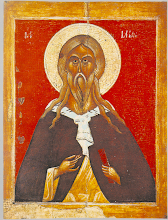





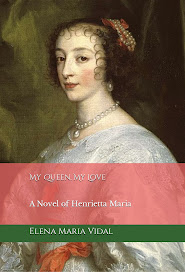














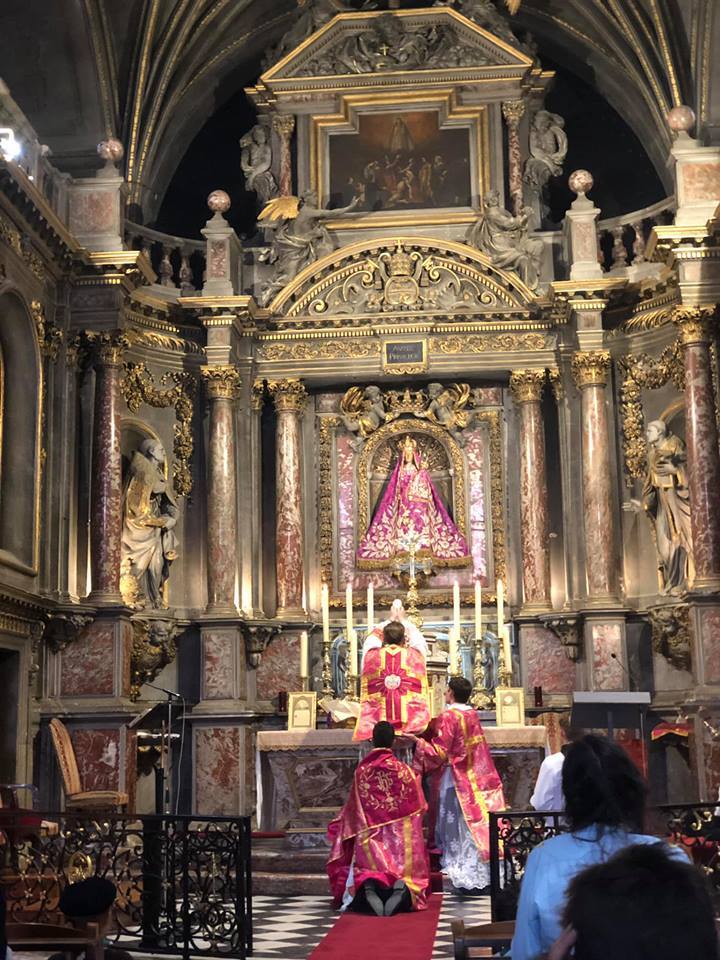


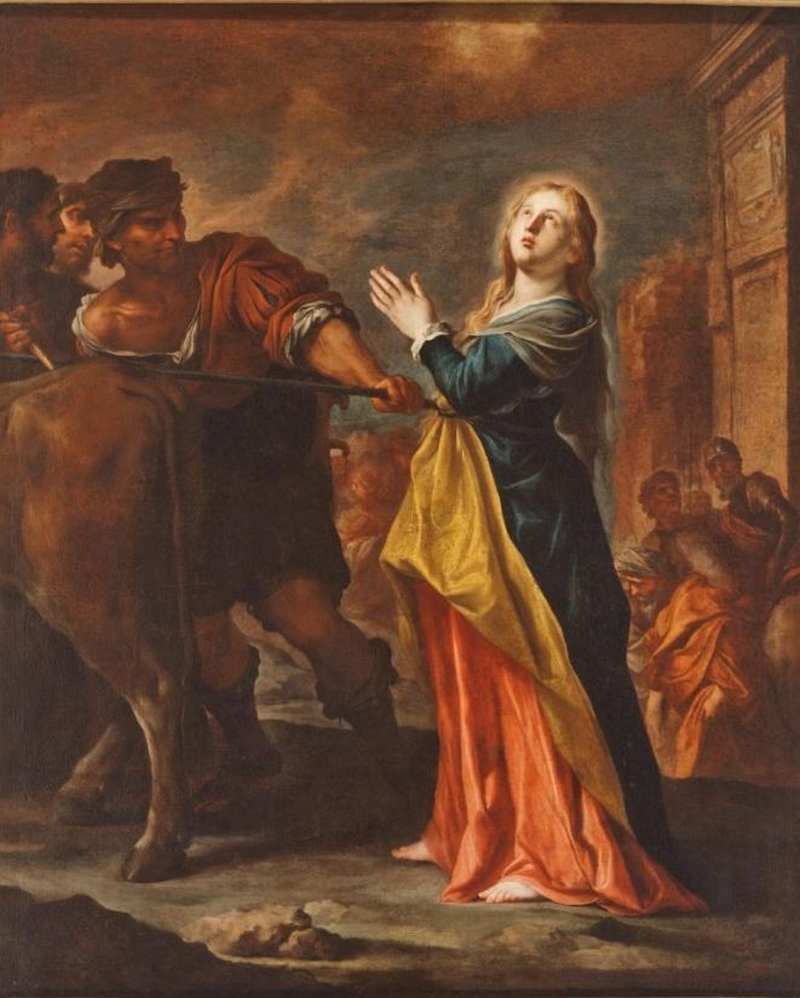







.jpg)
